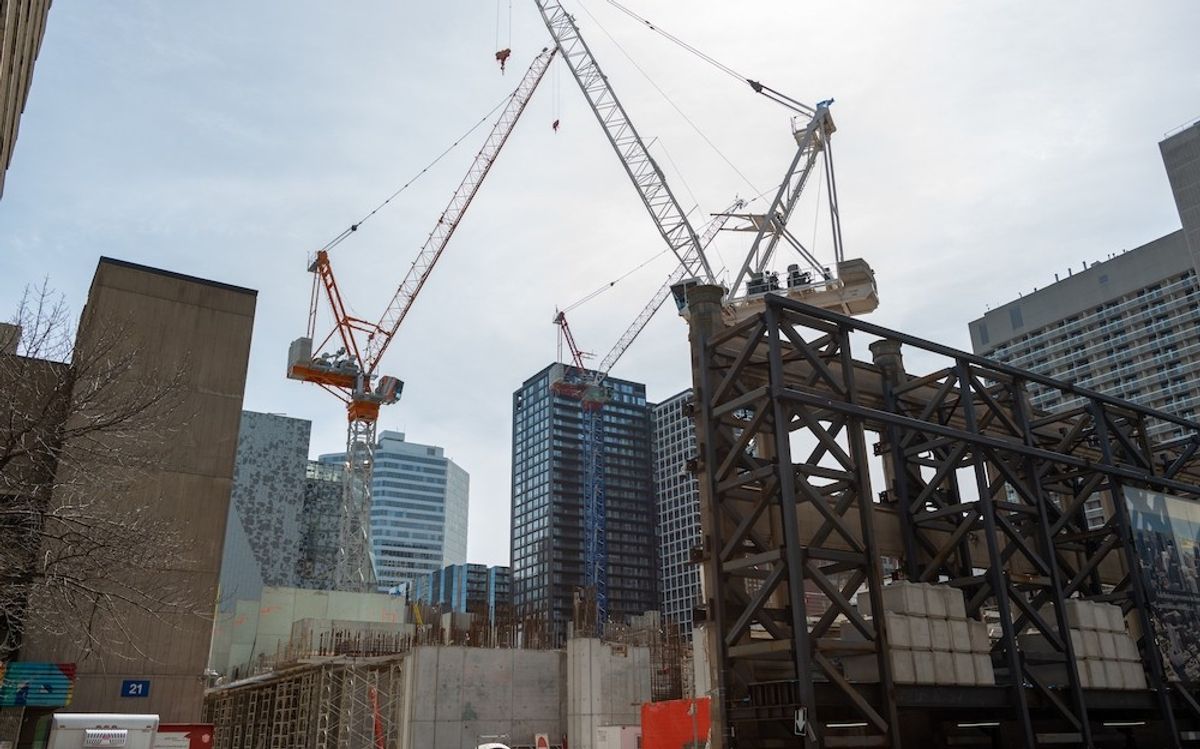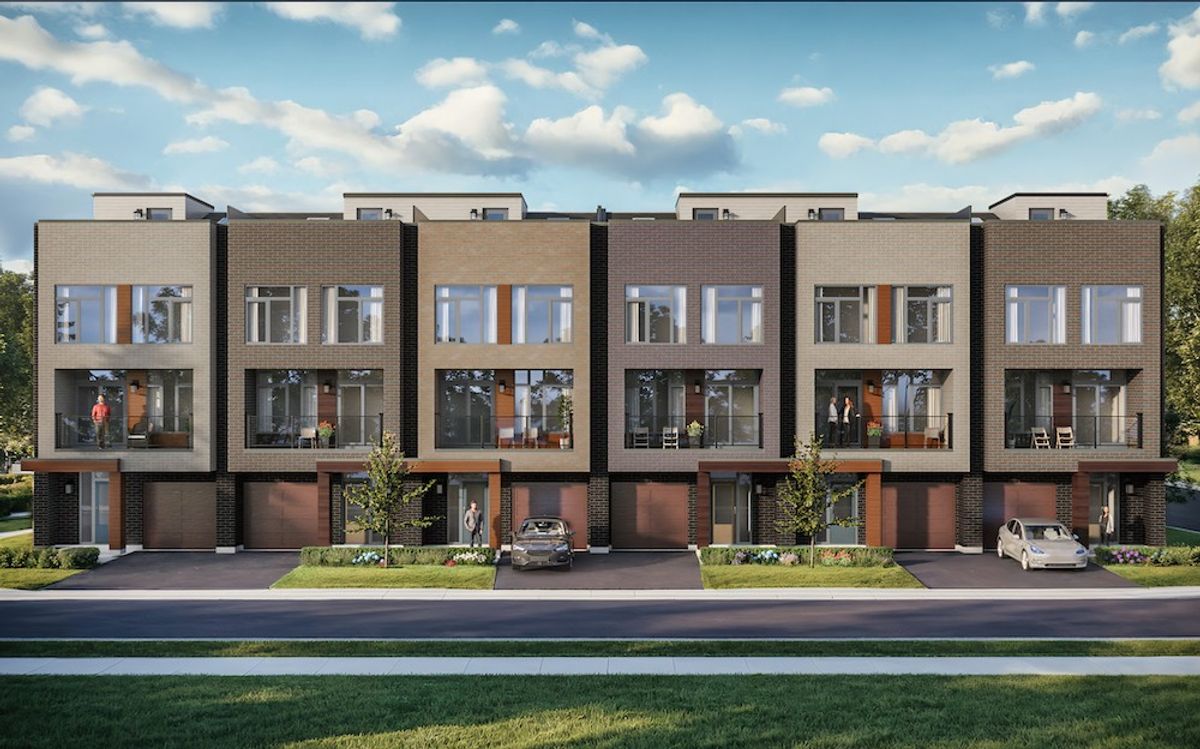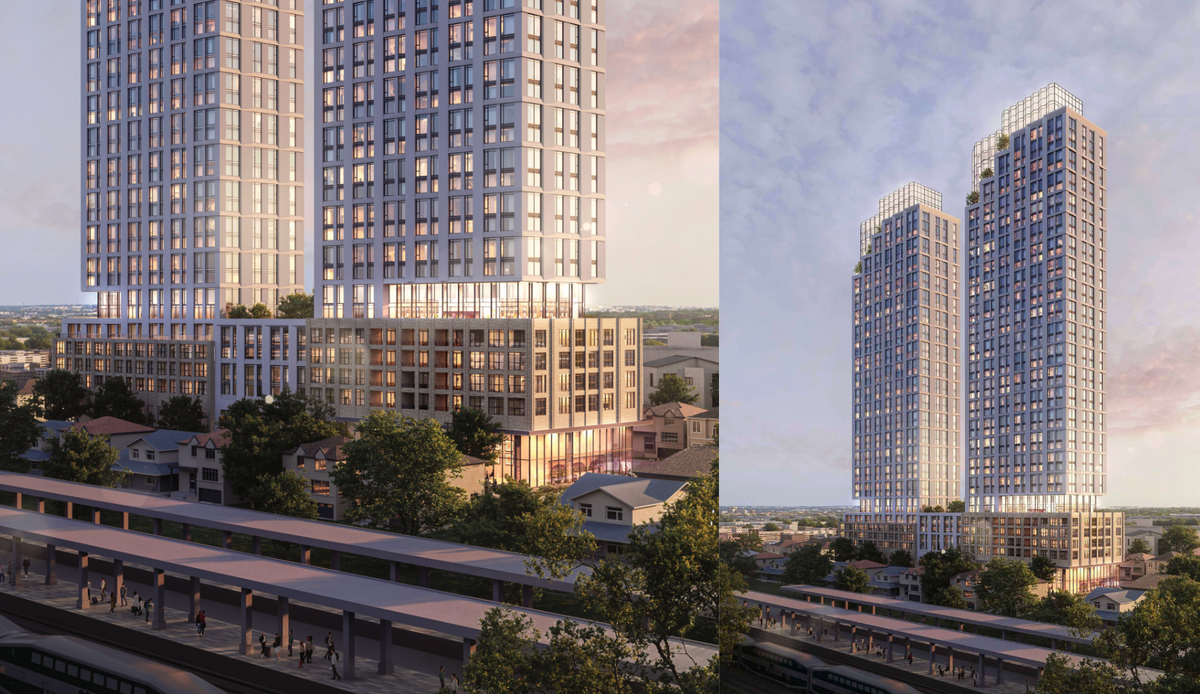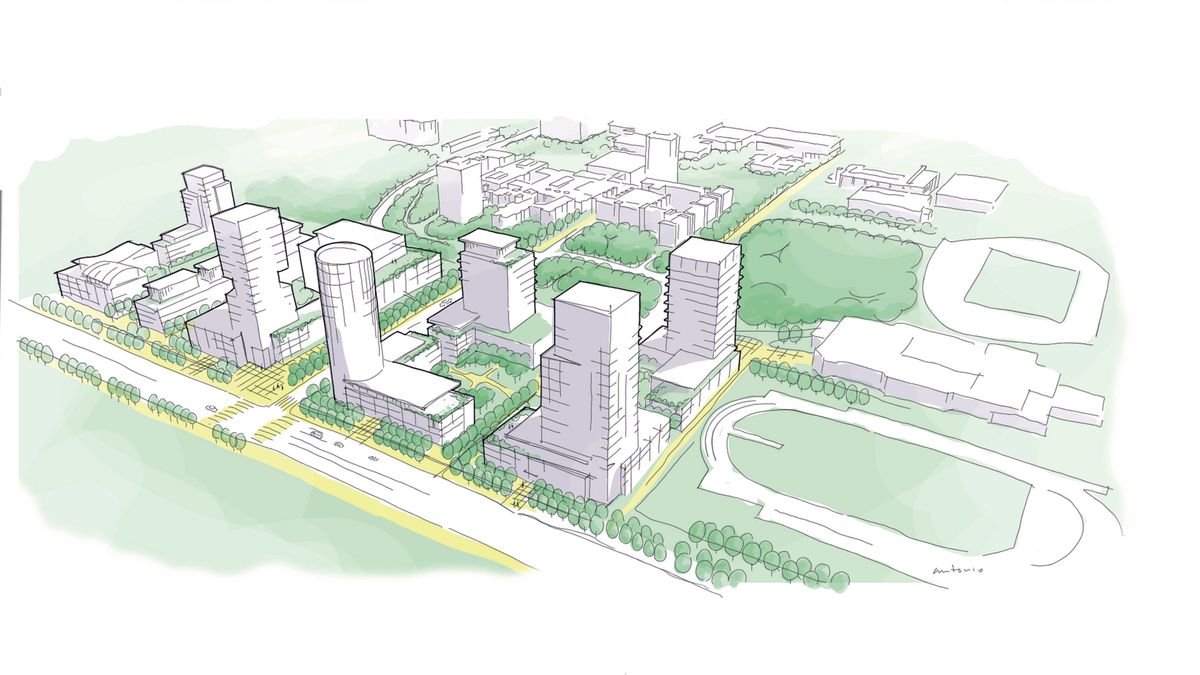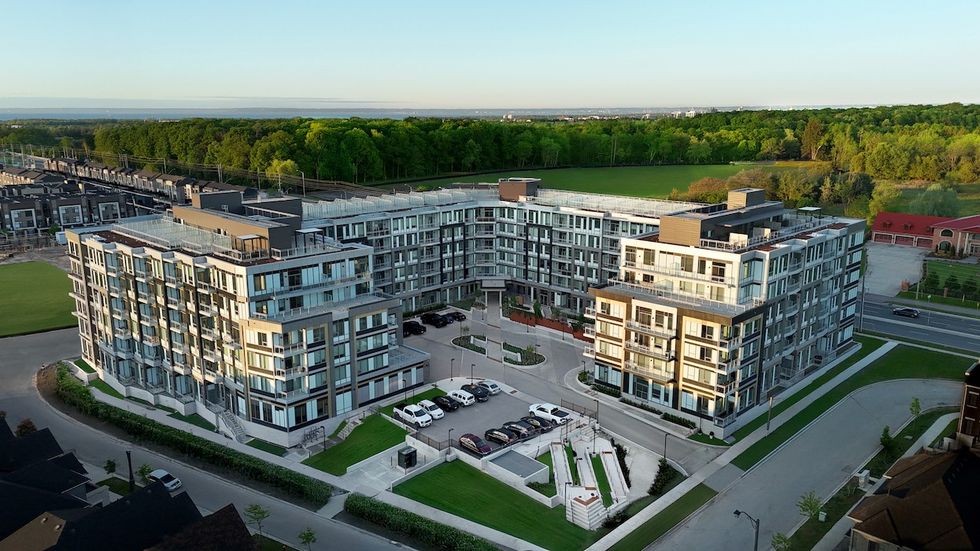Ancient Greek philosopher and polymath Aristotle once professed that, “It is during our darkest moments that we must focus to see the light.”
It is sage advice and words that Ontario’s residential construction industry — and various levels of government — should take to heart.
With the sector facing its worst period in many decades, we must focus on fixes and get the ball rolling on solutions to the housing supply and affordability crisis.
The industry has been battered by a perfect storm of stifling taxation, rising material costs, unpredictable market forces like tariffs, and myriad other issues that have stymied starts and sales.
The challenges have been years in the making and are the result of many factors. At the core of the issue, though, is the long-evolving process of restrictive government policies, and excessive taxes, fees, levies and lengthy regulatory processes that have stalled the housing sector.
At a time when we need new housing the most, these forces have combined to make homes unaffordable. The housing cost to income ratio in Canada was 4:1 two decades ago but is now 7:1 nationally and 9:1 in Ontario.
Toronto consistently ranks among the least affordable cities in North America. Meanwhile, people are leaving Ontario to seek more affordable housing elsewhere.
Housing starts and sales have declined dramatically. In the GTHA, home sales are now down 71% for single-family homes and condominium sales have plummeted by 90%. Starts are down 29% year-over-year across many Ontario municipalities and 58% in Toronto.
Layoffs have started and industry job losses are already in the tens of thousands. Reports suggest that if significant public sector action is not taken to support the industry and reverse the ever-increasing job losses, Ontario will likely see a reduction in GDP by as much as 1.5 to 2.5% in the coming months directly related to the situation affecting the residential housing sector.
Fixing the problem won’t be easy but we need to start by cutting the tax burden on new housing. A big issue is the inability of different levels of government to align their actions. This must change. All levels of government must work together if we are to successfully tackle the problem.
Commendably, the feds are scrapping the five-per-cent GST on new homes up to $1 million for first-time buyers and reducing the sales tax for first-time buyers on a sliding scale for homes purchased between $1 and $1.5 million. The move is retroactive to May, 2025. We are hopeful that Ontario will follow suit so that the full HST can be rebated to all first-time new home buyers.
RESCON and others have been making the point that the Ontario government is not collecting the revenue now due to the decline in homebuilding, so there is no logic in not aligning with the feds.
But it shouldn’t stop there. We are also calling on both governments to extend the rebates to all purchasers of new homes up to $1.5 million for a prescribed period of time.
Presently, the tax burden on new housing accounts for roughly 36% of the purchase price of a new home. Removing even part of that burden would help matters.
Like taxes, development charges also need to be lowered. They are an unfair, regressive tax on consumers and only add to the price tag of a new home.
Governments must reverse taxation and fiscal policies that have undermined the ability of homebuilders to construct residential projects and the ability of consumers to buy or rent homes.
The planning and development approvals processes also must be streamlined. Canada is second last in approval timelines among Organization of Economic and Development nations.
Without a major overhaul of the system and taxes, the chances of reaching housing targets are slim. The feds have targeted 500,000 new housing units a year and Ontario has set a target of 1.5 homes between 2023 and 2031. Neither is in danger of being hit, according to latest figures.
Disturbingly, some don’t get it. A Liaison Strategies survey found 42% of Ontarians believe housing construction has remained about the same compared to five years ago when, in actual fact, it has decreased substantially.
Only 10% of those surveyed believe government fees and taxes are what most affects the cost of a home, although the reality is that the tax burden accounts for more than a third of the price of a new home.
The seriousness of the housing crisis can’t be understated. We learned from the 1990s downturn that governments cannot just stand idly by and do nothing, or it will take a long time to right the ship.
Like food, housing is a basic economic need for most people, a fact that is often overlooked. Fiddling around the edges will not solve the problem. We need bold, decisive action, concrete and effective policies, and funding to move the needle and encourage more new home building.


